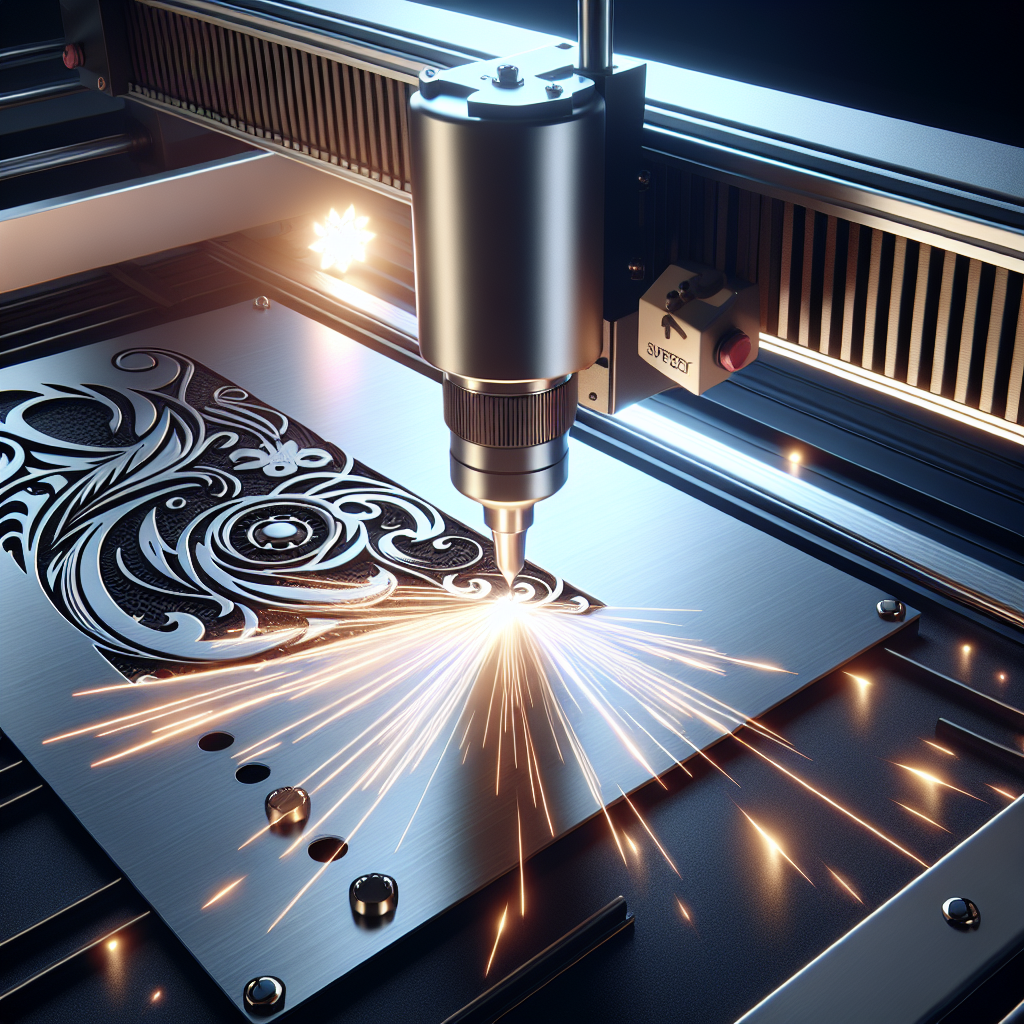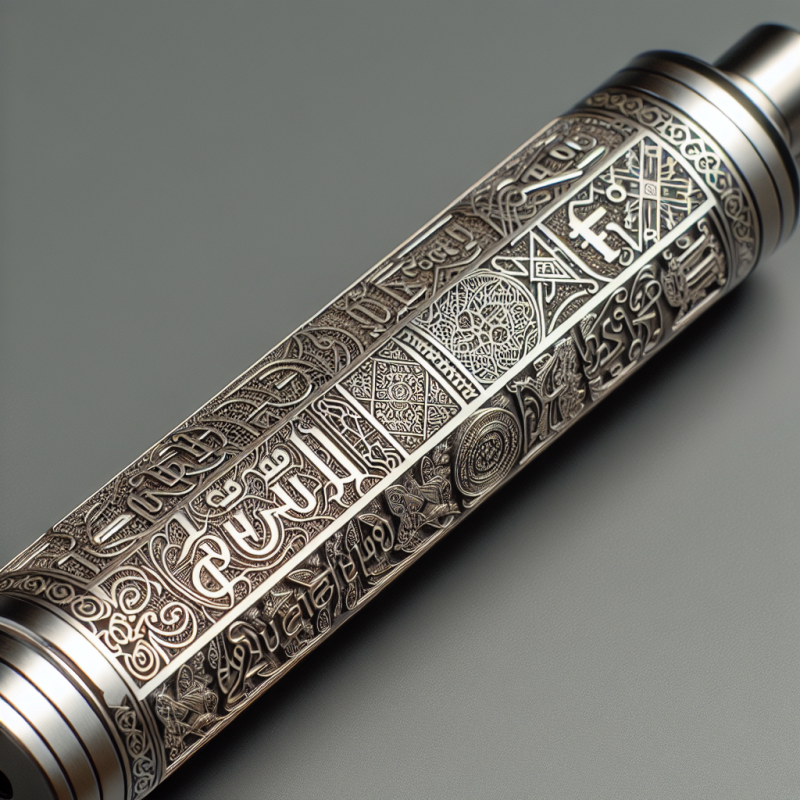The Ultimate Guide to CNC and Laser Cutters: Everything You Need to Know
Have you ever wondered how intricate designs are created on materials like wood, metal, or plastic? Or perhaps you’re curious about the tools that make precision cutting and engraving possible? If so, then you’ve come to the right place! In this article, we’ll explore the fascinating world of CNC machines and laser cutters. Whether you’re a hobbyist, a small business owner, or a professional in manufacturing, understanding these tools is essential for achieving precision and creativity in your projects. Let’s dive in!
What Are CNC Machines?
A CNC machine stands for “Computer Numerical Control” machine. It’s a device that uses pre-programmed software to control the movement of tools, such as drills or cutters, with extreme precision. Unlike traditional machining methods, which rely on manual operation, CNC machines automate the process, allowing for consistent and accurate results every time. These machines are widely used in industries like woodworking, metalworking, and even 3D printing.
CNC machines can be programmed to create complex shapes and patterns that would be difficult or impossible to achieve manually. This makes them an invaluable tool for anyone looking to produce high-quality, custom designs. However, they do require some technical expertise to operate effectively, which is why many hobbyists and small-scale manufacturers often opt for more user-friendly alternatives like laser cutters.
What Are Laser Cutters?
A laser cutter, on the other hand, uses a focused beam of light (laser) to cut or engrave materials. Unlike CNC machines, which physically remove material with tools, laser cutters use heat from the laser to melt, burn, or vaporize the material being worked on. This process is incredibly precise and can be used on a wide range of materials, including wood, plastic, leather, and even some types of metal.
Laser cutters are particularly popular for their ease of use and versatility. With just a few clicks in the software, you can create intricate designs and patterns that are transferred directly to your material. They’re ideal for tasks like engraving personalized gifts, creating signage, or producing detailed prototypes. If you’re looking for a tool that combines precision with simplicity, a laser cutter might be the perfect choice for you.
CNC vs. Laser Cutter: Which One Should You Choose?
Now that we’ve covered the basics of both CNC machines and laser cutters, you might be wondering which one is right for your needs. The answer depends on several factors, including the type of material you’re working with, the complexity of your designs, and your level of expertise.
- Material Compatibility: CNC machines can work with a wide variety of materials, but they often require different tools for each material type. Laser cutters, while also versatile, are particularly effective on softer materials like wood and plastic.
- Design Complexity: If you’re working on highly detailed or three-dimensional designs, a CNC machine might be more suitable. Laser cutters excel at creating two-dimensional patterns but may struggle with complex shapes that require multiple axes of movement.
- Learning Curve: Laser cutters are generally easier to learn and use, making them a great option for beginners. CNC machines, on the other hand, often require more advanced programming knowledge to operate effectively.
If you’re still unsure about which tool to choose, consider your specific project requirements. For example, if you’re working on a for home use, a laser cutter might be more practical due to its simplicity and versatility.
Applications of CNC and Laser Cutters
Both CNC machines and laser cutters have a wide range of applications across various industries. Here are some common uses:
- Woodworking: Both tools are excellent for cutting and engraving wood, creating everything from furniture to decorative items.
- Metalworking: CNC machines are often used in metal fabrication, while laser cutters can handle thinner metals with ease.
- Signage: Laser cutters are ideal for creating custom signs and labels, as they allow for precise text and graphics.
- Prototyping: Both tools are widely used in product development to create prototypes quickly and efficiently.
The choice between a CNC machine and a laser cutter ultimately depends on the specific needs of your project. If you’re looking for something that can handle multiple materials and complex designs, a CNC machine might be the way to go. However, if simplicity and versatility are your top priorities, a laser cutter could be the perfect solution.
Tips for Choosing the Right Tool
Before investing in either a CNC machine or a laser cutter, there are several factors to consider:
- Budget: Both tools can vary widely in price, so it’s important to set a budget before making your decision. Laser cutters tend to be more affordable for home use, while CNC machines may require a larger investment.
- Material Needs: Consider the types of materials you’ll be working with and which tool is better suited for those materials.
- Project Complexity: If your projects are simple or two-dimensional, a laser cutter might suffice. For more complex or three-dimensional work, a CNC machine could be more appropriate.
- Maintenance and Support: Both tools require regular maintenance to ensure optimal performance. Be sure to research the availability of parts and support for whichever tool you choose.
If you’re still unsure about which tool to choose, consider looking into a hybrid system that combines the benefits of both CNC machines and laser cutters. These systems can offer greater flexibility and precision for a wide range of projects.
The Future of CNC and Laser Cutting
As technology continues to advance, so do the capabilities of CNC machines and laser cutters. Innovations in software, materials, and cutting techniques are opening up new possibilities for creators and manufacturers alike. For example, advancements in technology are making these tools more accessible to hobbyists and small-scale manufacturers than ever before.
In the coming years, we can expect to see even greater integration of automation and artificial intelligence into both CNC machines and laser cutters. These advancements will likely lead to faster, more precise, and more user-friendly tools that cater to a wide range of needs. Whether you’re a seasoned professional or just starting out, staying up-to-date with the latest developments in this field can help you take your projects to the next level.
Conclusion
CNC machines and laser cutters are both incredibly powerful tools that have revolutionized the way we create and manufacture products. While they share some similarities, they also have distinct differences that make them better suited for certain tasks. By understanding the strengths and limitations of each tool, you can make an informed decision about which one is right for your needs.
If you’re looking to invest in a , take the time to research your options and consider factors like budget, material compatibility, and project complexity. With the right tool in hand, you’ll be able to bring your creative vision to life with precision and ease.
Whether you’re a hobbyist looking to try your hand at engraving or a small business owner seeking to streamline your production process, there’s never been a better time to explore the world of CNC machines and laser cutters. So why wait? Start your journey today and unlock your full creative potential!



